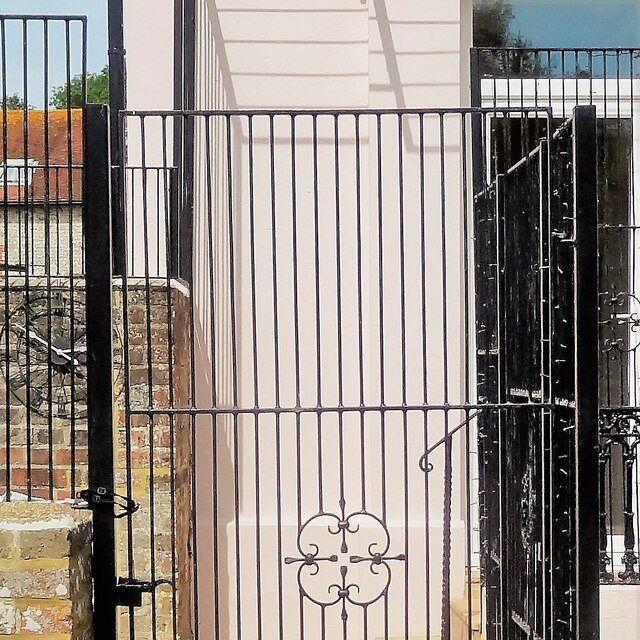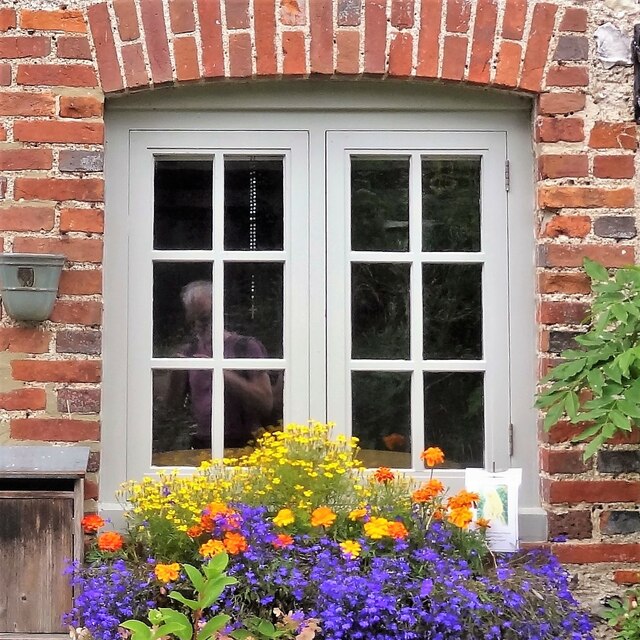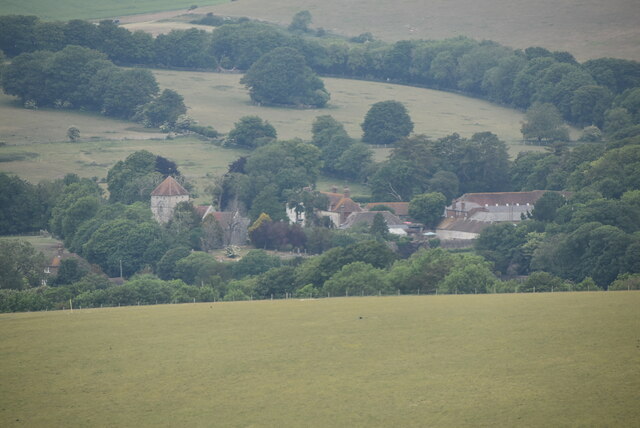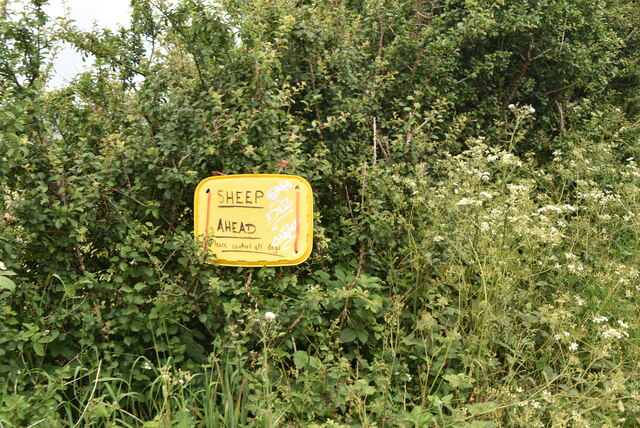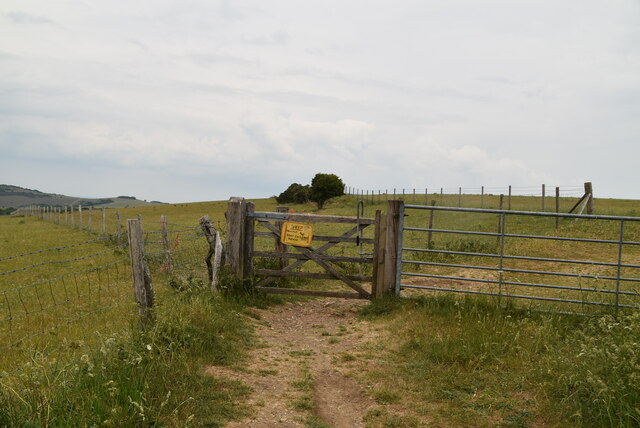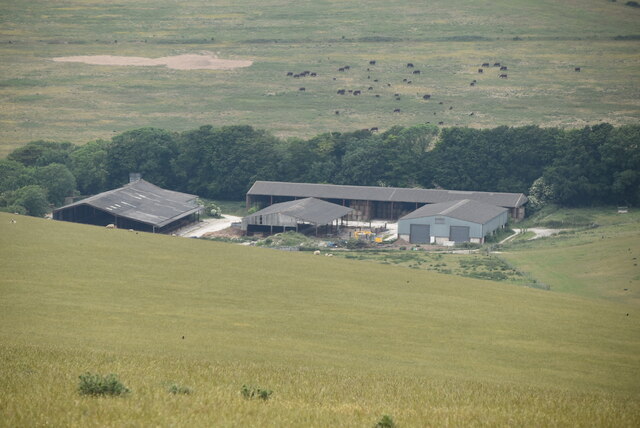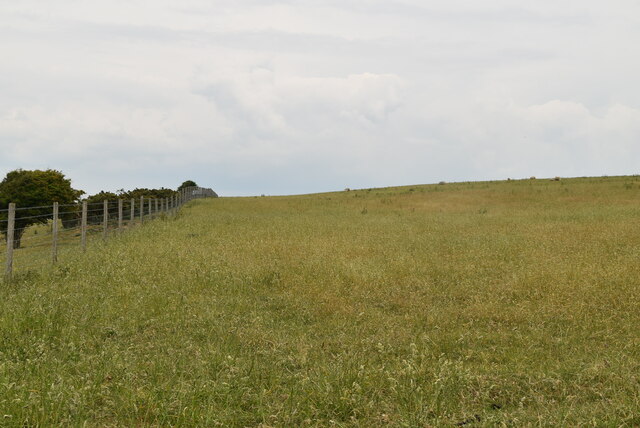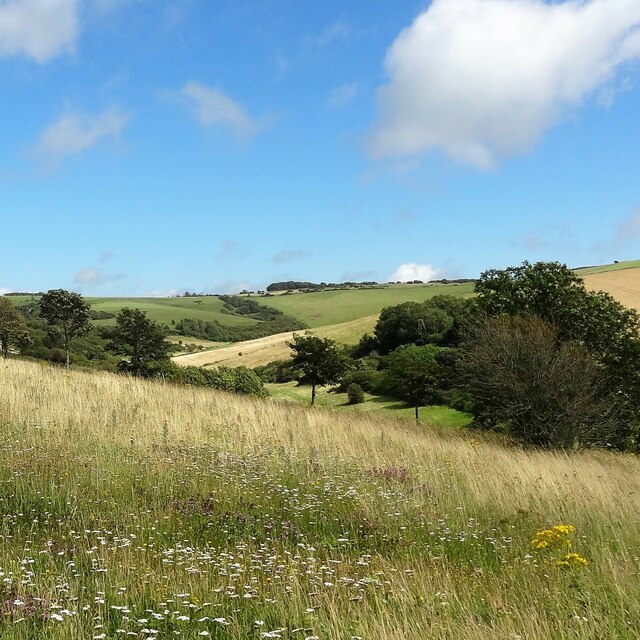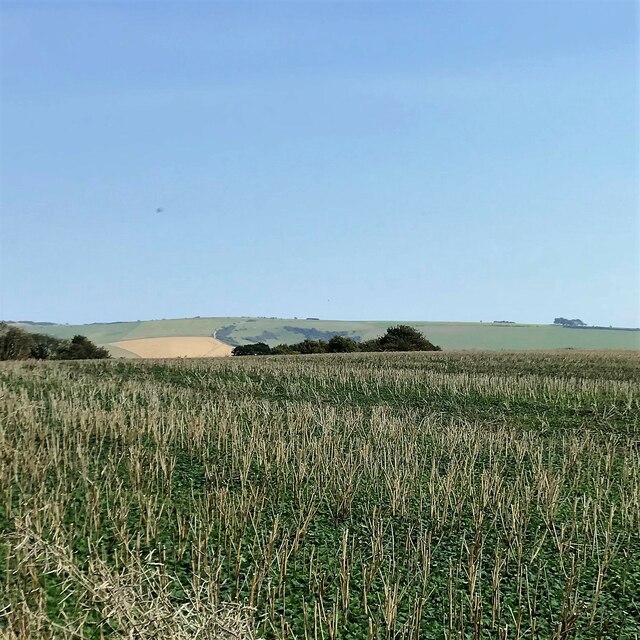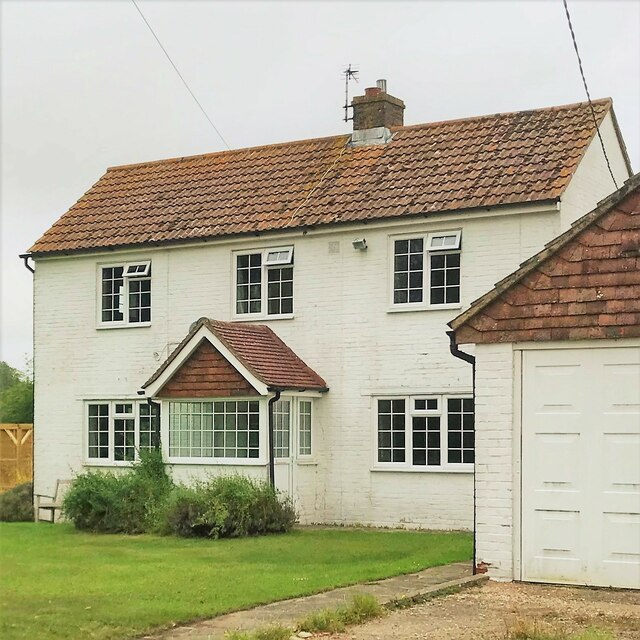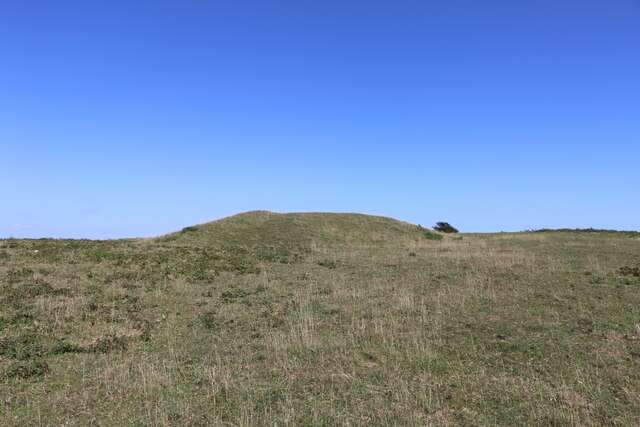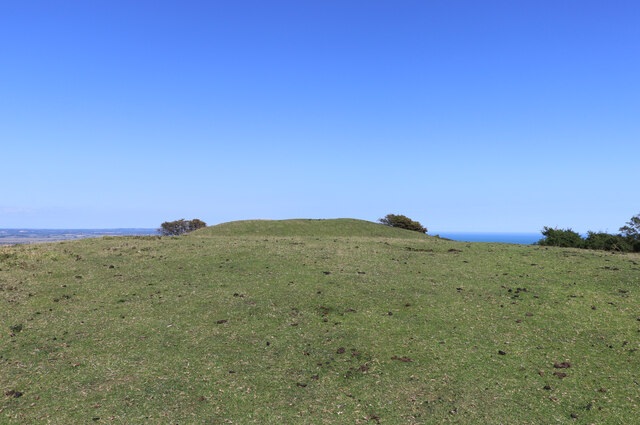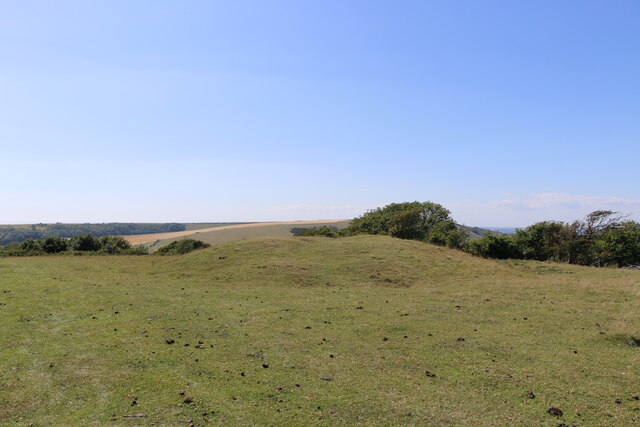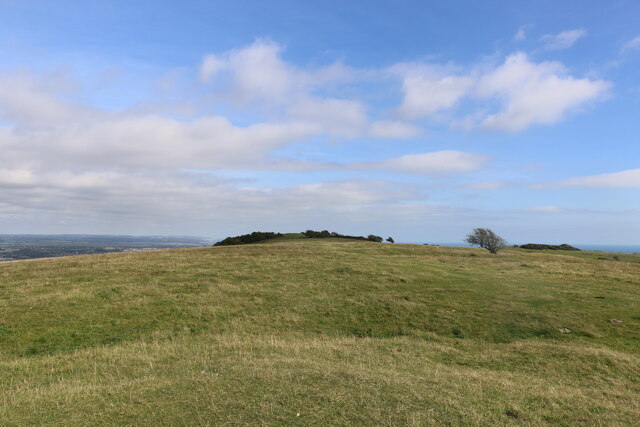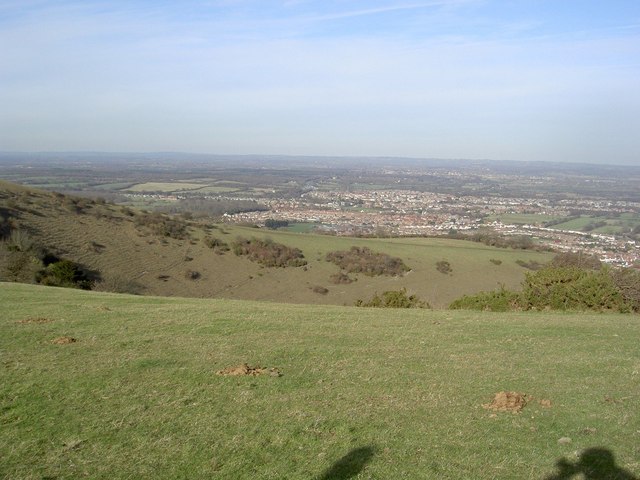Filching Manor
Heritage Site in Sussex Wealden
England
Filching Manor
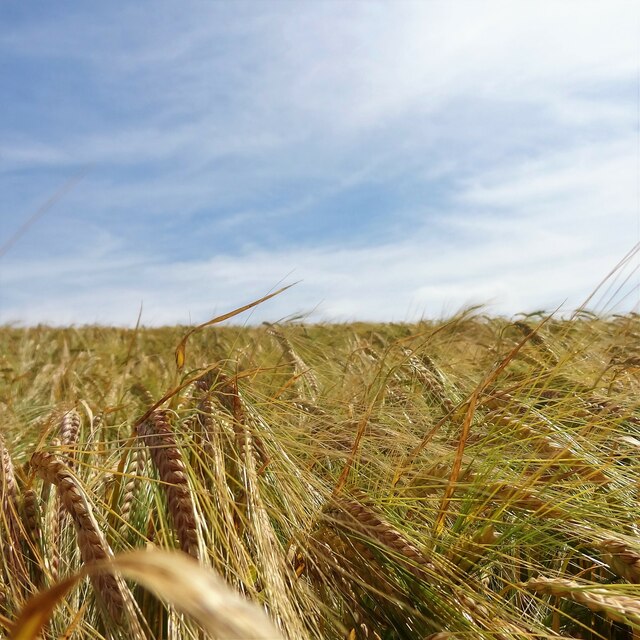
Filching Manor, located in Sussex, England, is a historic heritage site that encapsulates the rich history of the region. The manor, which dates back to the 14th century, is a fine example of medieval architecture and offers visitors a glimpse into the past.
The manor is situated on a picturesque landscape, surrounded by lush greenery and offering sweeping views of the countryside. It consists of a main house, which was once a fortified medieval building, and several outbuildings that have been restored over the years. The architecture of Filching Manor showcases a blend of medieval and Tudor styles, with its timber-framed structure and intricate detailing.
This heritage site has witnessed various significant events throughout history. It was once owned by the Gildredge family, prominent landowners in the area. In the 16th century, the manor was acquired by Thomas Sackville, the first Earl of Dorset, who played a crucial role in the development of the estate.
Today, Filching Manor stands as a testament to the preservation of history and culture. It offers guided tours to visitors, allowing them to explore the stunning interiors and learn about the manor's past. The site also hosts events and exhibitions, showcasing the local heritage and attracting history enthusiasts from near and far.
Visitors to Filching Manor can immerse themselves in the enchanting ambiance of a bygone era, appreciating the architectural beauty and historical significance of this remarkable heritage site.
If you have any feedback on the listing, please let us know in the comments section below.
Filching Manor Images
Images are sourced within 2km of 50.8/0.222 or Grid Reference TQ5602. Thanks to Geograph Open Source API. All images are credited.
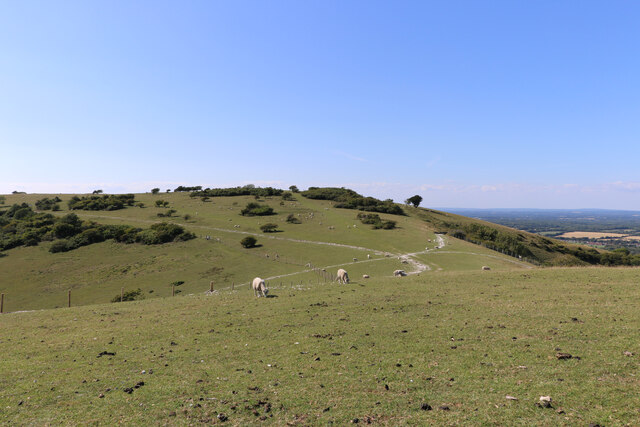
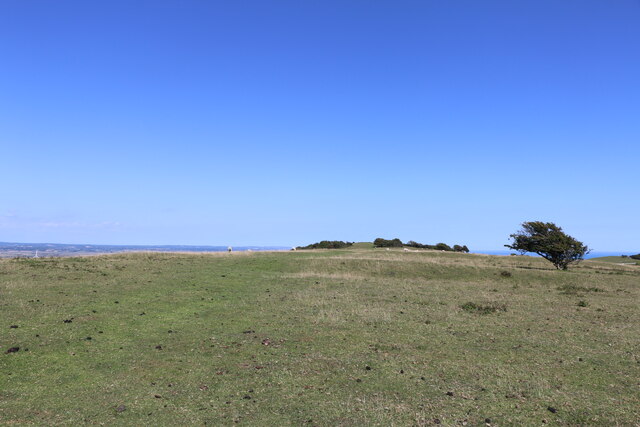
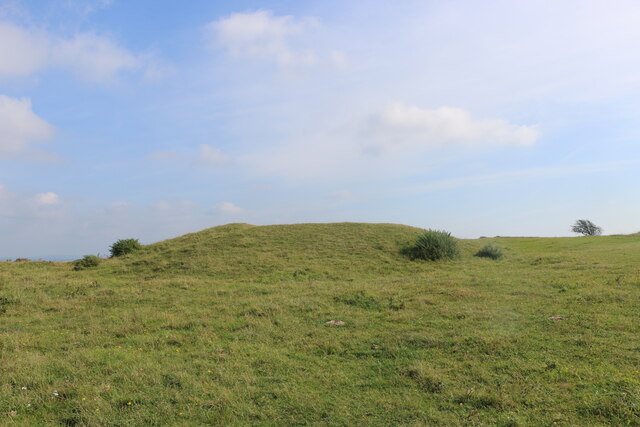
Filching Manor is located at Grid Ref: TQ5602 (Lat: 50.8, Lng: 0.222)
Administrative County: East Sussex
District: Wealden
Police Authority: Sussex
What 3 Words
///kite.about.flags. Near Friston, East Sussex
Nearby Locations
Related Wikis
Combe Hill, East Sussex
Combe Hill is a causewayed enclosure, near Eastbourne in East Sussex, on the northern edge of the South Downs. It consists of an inner circuit of ditches...
Willingdon Down
Willingdon Down is a 67.5-hectare (167-acre) biological Site of Special Scientific Interest west of Willingdon, a suburb of Eastbourne in East Sussex....
Folkington Reservoir
Folkington Reservoir is a 5.8-hectare (14-acre) biological Site of Special Scientific Interest south-west of Polegate in East Sussex.The banks of the reservoir...
Church of St Peter ad Vincula, Folkington
The Church of St Peter ad Vincula, Folkington, East Sussex is a parish church dating from the 13th century. Built of flint and rubble, it is a Grade I...
More Radio Eastbourne
More Radio Eastbourne, formerly Sovereign FM, is an Independent Local Radio station serving Eastbourne, Hailsham, Polegate and surrounding areas. It is...
Folkington Manor
Folkington Manor (pronounced Fo'ington) is a grade II* listed country house situated in the village of Folkington two miles (3.2 km) west of Polegate,...
Willingdon Community School
Willingdon Community School is an 11–16 coeducational secondary school located in the Lower Willingdon area of Eastbourne in the English county of East...
The Hoo, Willingdon and Jevington
The Hoo is an Neoclassical country house in Willingdon, in the Wealden district of East Sussex, England. It was designed by Edwin Lutyens in 1902 for Alexander...
Nearby Amenities
Located within 500m of 50.8,0.222Have you been to Filching Manor?
Leave your review of Filching Manor below (or comments, questions and feedback).
